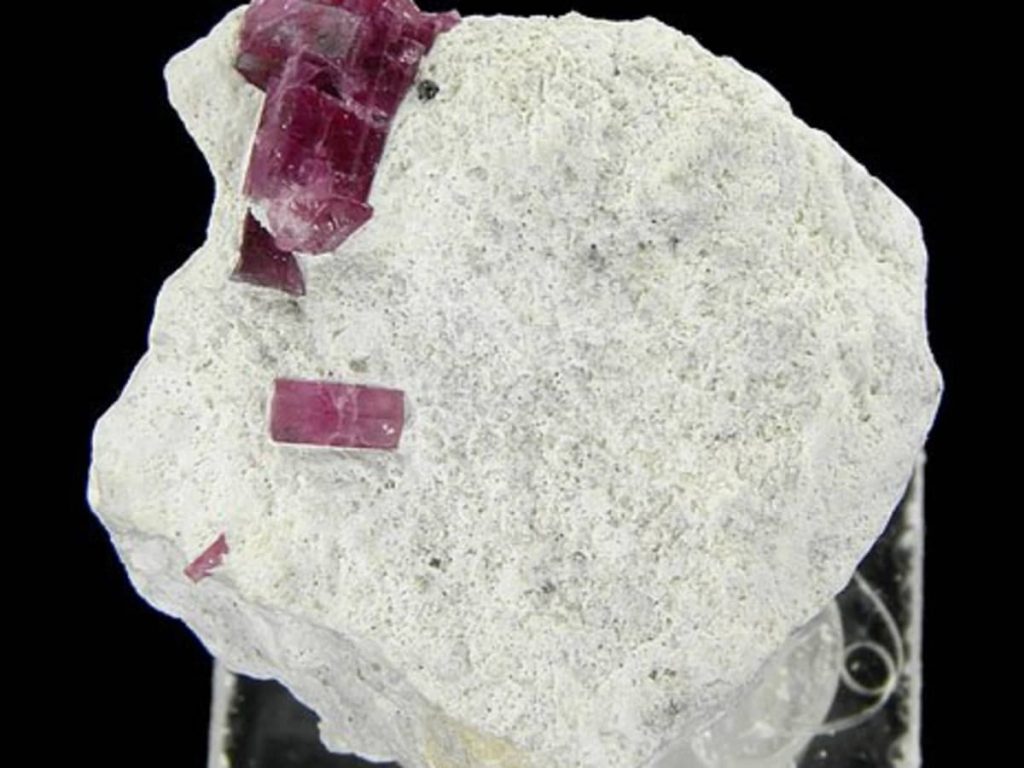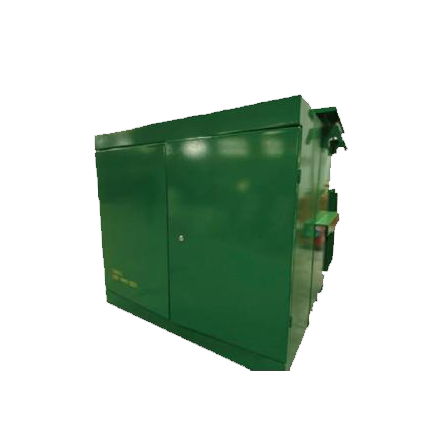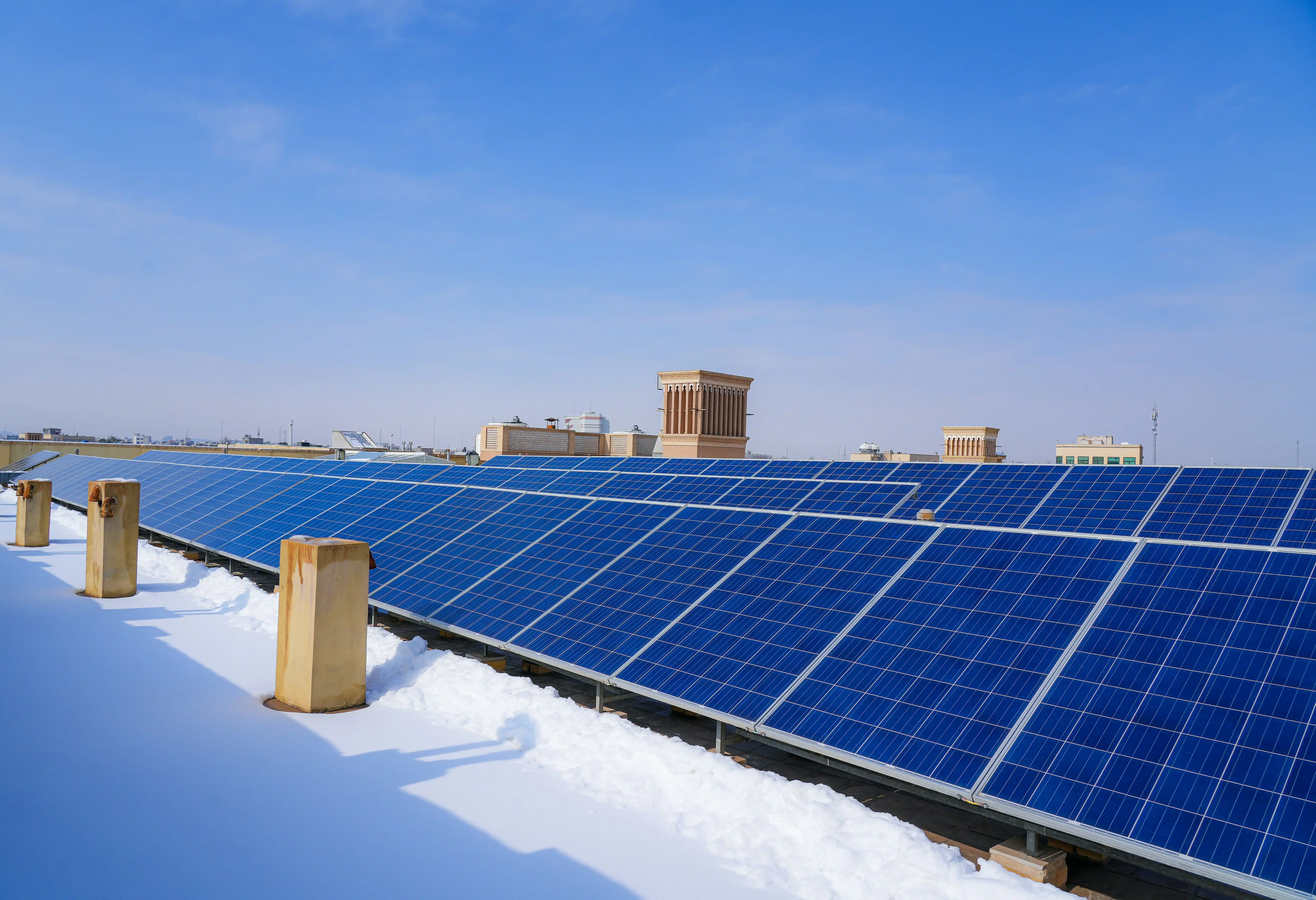Unveiling the Origins: Exploring the Global Dominance of Rare Earth Minerals
2 min read
Rare earth minerals, a group of seventeen chemically similar elements, have become indispensable in today's technologically advanced world. From smartphones and electric vehicles to renewable energy systems and defense technologies, these minerals play a vital role in powering our modern society. However, have you ever wondered where the majority, a staggering 98%, of rare earth minerals come from in the world? In this article, we delve into the depths of this intriguing question, shedding light on the global dominance and sources of these valuable resources.
China: The Unrivaled Giant
When it comes to rare earth minerals, China stands as the unrivaled giant, accounting for approximately 98% of the world's production. The country's dominance in this industry can be attributed to a combination of factors, including abundant reserves, low labor costs, and a well-established mining infrastructure. China's rare earth mining operations are primarily concentrated in Inner Mongolia, Jiangxi, and Sichuan provinces, where vast deposits of these minerals lie beneath the earth's surface.
Inner Mongolia: The Epicenter of Rare Earth Production
Within China, Inner Mongolia holds a special place in the rare earth industry. The Baotou region, located in Inner Mongolia, is often referred to as the "Rare Earth Capital" due to its immense reserves and extensive mining activities. The Bayan Obo mine, situated in this region, is the largest rare earth deposit in the world. It alone accounts for a significant portion of China's rare earth production, making Inner Mongolia a crucial player in the global supply chain.
Other Global Players
While China dominates the rare earth market, a few other countries contribute to the remaining 2% of global production. These include countries like Australia, the United States, Russia, and Brazil. Australia, in particular, boasts significant rare earth reserves and has been ramping up its production in recent years. The Mount Weld mine in Western Australia is one of the largest rare earth mines outside of China, making Australia a key player in diversifying the global supply chain.
Challenges and Future Outlook
Despite the abundance of rare earth minerals in various parts of the world, the industry faces several challenges. Environmental concerns, geopolitical tensions, and limited processing capabilities pose significant obstacles to the development of a more balanced global supply chain. Efforts are underway to reduce dependency on a single source and promote sustainable mining practices.
In conclusion, the majority, a staggering 98%, of rare earth minerals come from China, with Inner Mongolia playing a pivotal role in this dominance. However, other countries like Australia, the United States, Russia, and Brazil are gradually emerging as players in the global rare earth market. As the demand for rare earth minerals continues to rise, it becomes imperative to diversify the supply chain and ensure sustainable extraction practices to meet the needs of our technologically driven world.


